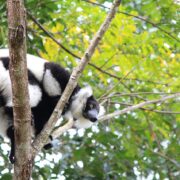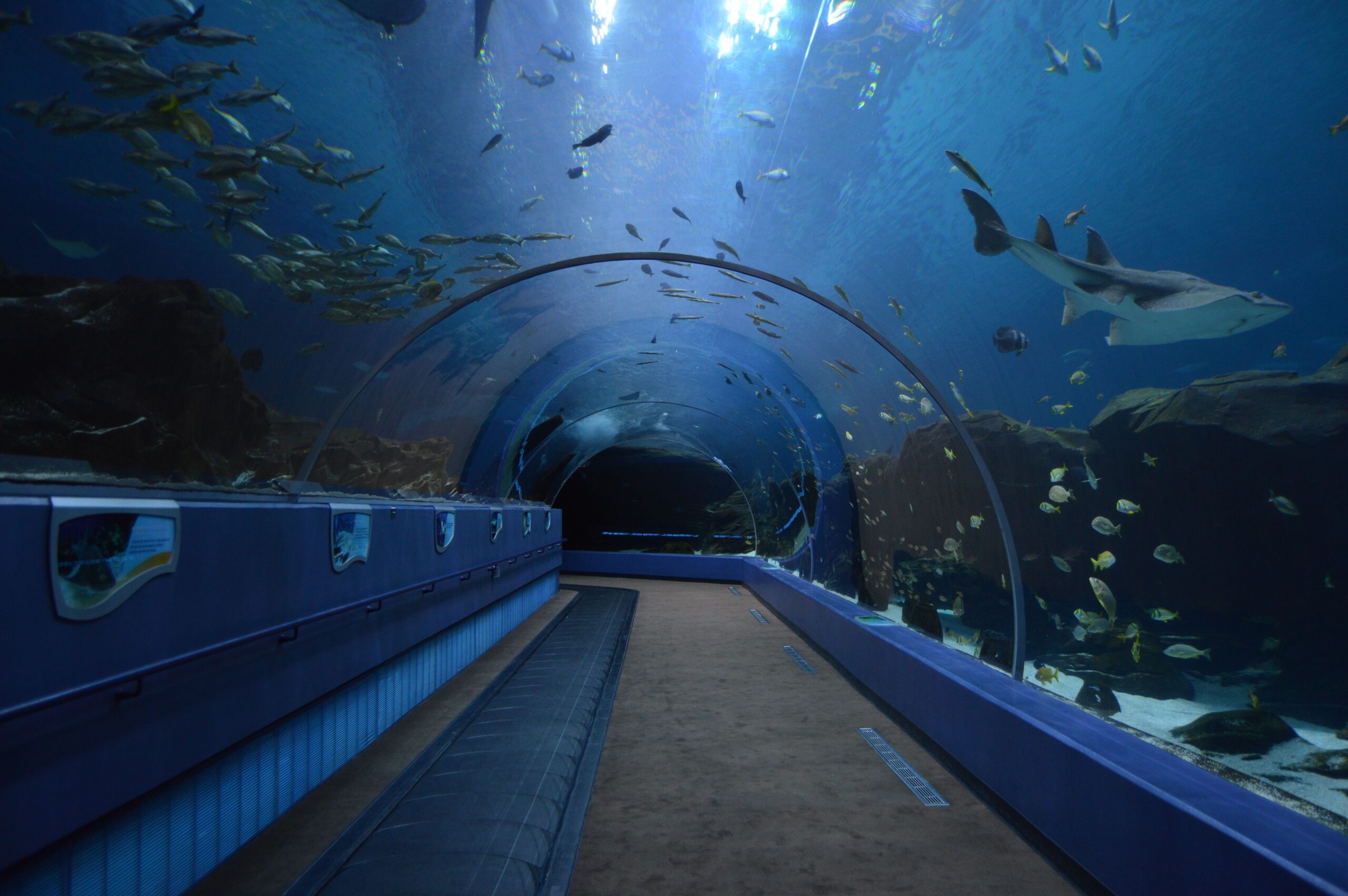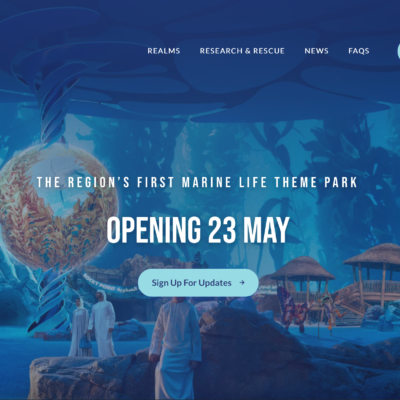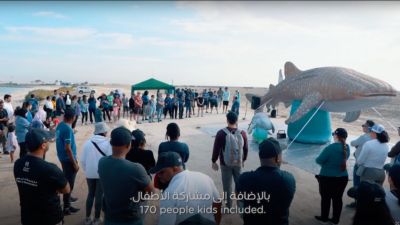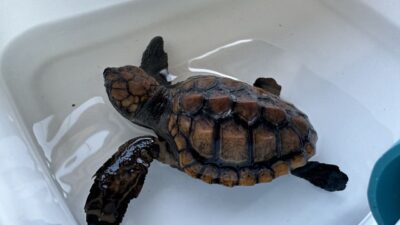Crane conservation is about much more than just saving cranes. It’s a deep, long-term commitment to preserving healthy wetlands, grasslands, and agricultural lands, as well as the people who share these spaces with the birds. As the President and CEO of the International Crane Foundation, Rich Beilfuss, explains in his recent blog, saving cranes takes passionate and effective leadership, sound science, and strong partnerships between nations, regions, communities, and all who care.
Over the past 50 years, the International Crane Foundation has learned that when cranes are saved, many other species benefit. For example, their efforts to restore the Kafue Flats in Zambia for Wattled Cranes have helped protect over 450 bird species, as well as endangered animals like the Kafue Lechwe antelope, buffalo, hippo, and zebra. The Foundation has also helped create six national crane reserves in Southeast Asia to protect the last remaining wetlands of the Mekong Delta and its endangered wildlife.
People also benefit from crane conservation efforts. Across Africa and Asia, the Foundation’s projects support sustainable livelihoods, safe water, health access, family planning, and other basic human needs for marginalized communities that share their lands with cranes. They also help communities adapt to climate change with climate-smart agricultural practices and improved water supplies during drought. When cranes damage crops, the Foundation works to find lasting solutions for the farmers.
Wildlife-friendly farming and rotational grazing can help store carbon and prevent the accumulation of global greenhouse gases, which is important in combating climate change. The Drakensberg project in South Africa is the first step in the Foundation’s effort to generate long-term financing for wetland and grassland conservation through carbon offsets and co-benefits.
Many of the world’s poorest countries have made significant commitments to protected areas for wildlife, including cranes. The Kafue Flats Restoration Partnership in Zambia is working to promote healthy wetlands for endangered cranes and diverse wildlife, as well as for the well-being and resilience of local communities and the regional and national economy. The 20-year co-management partnership with the Government of Zambia is aimed at engaging local communities in supporting law enforcement, sustainable land use and livelihoods, ecological restoration, and science-based adaptive management.
Crop damage from cranes is a major problem in many areas where the Foundation works. In the U.S., the growing number of Sandhill Cranes is causing increasing crop depredation, which is a costly challenge for farmers. In poor countries in Africa and Asia, where crop depredation by cranes can threaten food security, there is an increase in poisoning and shooting of cranes and other birds. The Foundation’s research in Wisconsin led to the development of Avipel, a natural bird deterrent that helps prevent crop damage to corn, and they are working to ensure this product is applied correctly and affordably for farmers while developing new deterrents for other crops.
Crane conservation is about so much more than just saving cranes. It brings people and the planet together, working towards a common goal of a healthier world for all. Elegant and inspiring, cranes demand courageous conservation solutions, and the International Crane Foundation is committed to carrying the valuable lessons of the past 50 years forward into the future.

